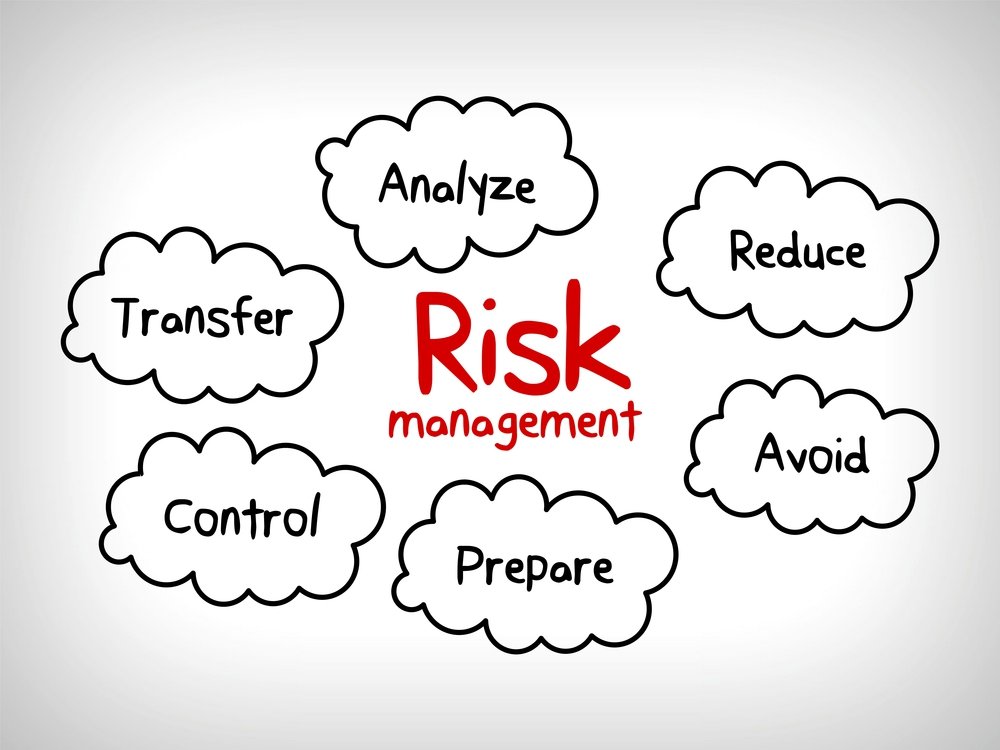Exploring the Expanding Importance of Risk Management in Business Strategy
Exploring the Expanding Importance of Risk Management in Business Strategy
Blog Article
Discovering the Value of Risk Management for Effective Decision-Making Techniques
In the elaborate globe of organization, Risk Management becomes a crucial element in the decision-making procedure. The capacity to recognize possible risks and opportunities, and plan accordingly, can mean the difference between success and failing. With tools such as SWOT and PESTEL, companies are furnished to make enlightened options, fostering strength and versatility in an ever-changing setting. Wondering how this functions? Allow's unbox the characteristics better.
Comprehending the Idea of Risk Management
Risk Management, a vital element in decision-making, is commonly misunderstood or oversimplified. Risk Management includes self-displined and structured techniques, utilizing information and informative evaluations. From monetary uncertainties, legal responsibilities, tactical Management mistakes, to accidents and natural catastrophes, it attends to various threats - importance of risk management.
The Role of Risk Management in Decision-Making Processes
In the realm of tactical planning and service operations, Risk Management plays an important role in decision-making procedures. Risk Management hence comes to be an essential tool in decision-making, helping leaders to make enlightened choices based on an extensive understanding of the threats entailed. Risk Management serves as an essential component in the decision-making processes of any organization.

Just How Risk Management Boosts Strategic Planning
In the context of tactical planning, Risk Management plays a pivotal duty. Initiating with the recognition of potential threats, it even more reaches the execution of Risk mitigation measures. The duty of Risk Management is dynamic yet not fixed, as it requires constant monitoring and adjusting of strategies.
Identifying Possible Dangers

Executing Risk Mitigation
Having established the significance of determining prospective dangers, the next step is to explore Risk reduction. This process involves developing and implementing techniques to handle determined threats effectively. It is a critical aspect of strategic preparation as it boosts decision-making by minimizing potential unfavorable results. Risk reduction strategies can range from Risk avoidance, Risk transfer, to take the chance of decrease. Each strategy should be tailored to the particular Risk, considering its prospective impact and the organization's Risk resistance. Additionally, efficient Risk reduction calls for a deep understanding of the Risk landscape and the potential influence of each Risk. This understanding allows companies to focus on dangers and allocate resources successfully, ensuring that one of the most substantial risks are resolved first.
Tracking and Adjusting Approaches
Though Risk mitigation is a critical action in strategic planning, continual tracking and change of these techniques is just as crucial. It also offers a chance to assess the success of the Risk Management measures, permitting changes to be made where essential, additional enhancing calculated check here preparation. Monitoring and readjusting Risk Management techniques is an essential part for enhancing a company's strength and calculated preparation.
Instance Researches: Successful Risk Management and Decision-Making
In the globe of service and financing, effective Risk Management and decision-making usually act as the pillars of prosperous business. One such entity is a multinational oil business that minimized financial loss by hedging against changing oil rates. In an additional circumstances, a tech start-up prospered by determining and approving high-risk, high-reward approaches in an unstable market. A worldwide bank, encountered with governing uncertainties, effectively navigated the circumstance through aggressive Risk evaluation and dynamic decision-making. These instances highlight the worth of astute Risk Management in decision-making processes. It is not the lack of Risk, yet the Management of it, that usually differentiates effective firms from unsuccessful ones. These cases emphasize the important function of Risk Management in critical decision-making. importance of risk management.
Devices and Techniques for Reliable Risk Management
Browsing the detailed labyrinth of Risk Management requires the ideal collection of tools and methods. These tools, such as Risk signs up and warmth maps, aid in determining and examining potential risks. Methods consist of both measurable methods, like sensitivity analysis, and qualitative techniques, such as SWOT evaluation. These aid in prioritizing risks based upon their possible influence and probability. Risk reaction methods, a key component of Risk Management, entail approving, avoiding, transferring, or mitigating risks. Tracking and regulating risks, through regular audits and reviews, make sure that the methods continue to be reliable. With these strategies and devices, decision-makers can browse the complex landscape of Risk Management, therefore promoting notified and efficient decision-making.
Future Patterns in Risk Management and Decision-Making Techniques
As we check out the substantial landscape of Risk Management, it ends up being noticeable that the strategies and devices used today will proceed to advance. The concept of Risk society, where every participant of an organization is aware and included in Risk Management, will certainly obtain more prominence. These patterns advertise an even more aggressive and inclusive method in the direction special info of Risk Management and decision-making.
Conclusion

Risk Management hence view comes to be an important device in decision-making, aiding leaders to make enlightened selections based on a detailed understanding of the threats entailed. Risk reduction strategies can range from Risk avoidance, Risk transfer, to risk reduction (importance of risk management). Reliable Risk reduction calls for a deep understanding of the Risk landscape and the possible influence of each Risk. Risk feedback methods, a key element of Risk Management, involve approving, staying clear of, transferring, or mitigating risks. The concept of Risk culture, where every member of an organization is aware and involved in Risk Management, will certainly get extra prestige
Report this page